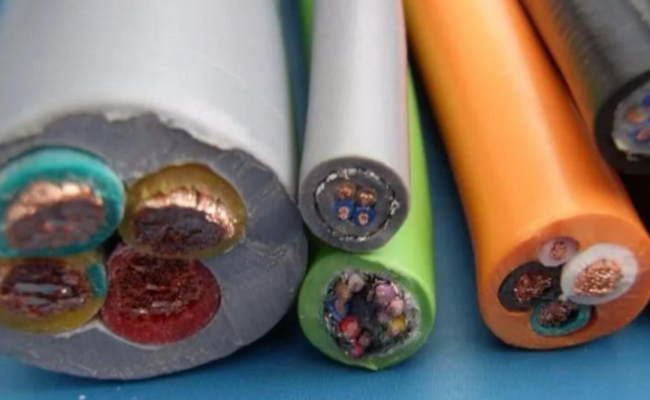YJV cables and VV cables are basically the same in function and both belong to the same category of power cables used for the transmission and distribution of electrical energy. But their differences are also very obvious. The following is a detailed description of the differences between the two.

I. The Difference Between The Name And Insulation Materials
(1) VV cable is known as copper-core polyvinyl chloride insulation polyvinyl chloride sheathed power cable, YJV cable is known as copper-core cross-linked polyethylene insulation polyvinyl chloride sheathed power cable, YJV insulation material used is cross-linked polyethylene; VV insulation material used is polyvinyl chloride.
(2) VV for plastic force cable, YJV that is, cross-linked cable, YJV cable whose insulation layer performance is better than plastic force cable.
Plastic force cable: plastic insulation and sheathing of power cables, referred to as plastic force cable.
Cross-linked cables: cables with cross-linked materials in the insulation layer, the most commonly used material is cross-linked polyethylene (XLPE).
(3) YJV cross-linked insulation materials to improve the heat-resistant temperature, while VV is not.
II. The Difference In Use Characteristics
(1) the use of temperature – VV power cable conductors operating at a maximum rated temperature of 70 degrees Celsius, short-circuit (less than 5 seconds) the maximum temperature does not exceed 160 degrees Celsius.
YJV cross-linked cable conductor operating at a maximum rated temperature of 90 degrees Celsius, short-circuit (less than 5 seconds) the maximum temperature does not exceed 250 degrees Celsius.
(2) capacity – YJV cable operating temperature is up to 90 degrees, while VV is only 70 degrees, the same cross-sectional area of YJV cable capacity.
III. The Allowable Load Capacity Of The Conductor Depends On Its Allowable Working Temperature
The difference between the working voltage range: usually, YJV cables work in the voltage range of 6 to 500KV, while VV cables are 1 to 6KV. so, VV power cables are generally used in low-voltage environments, while YJV encompasses both high and low-voltage environments, which is why YJV cables require a higher level of the manufacturing process.
IV. The Difference In Price And Life Expectancy
With the same specifications, the price of YJV cable is slightly more expensive than the price of VV, which is probably the reason the VV power cable is still alive. But YJV has a longer service life, is more resistant to high temperatures, and has more insurance, from the long-term as well as the safety factor, the use of YJV cable is more cost-effective.
V. Article Summary
Finally, the residential class project is recommended to choose YJV cable, safer and environmentally friendly. If the budget is really limited, you can choose to use VV power cable in non-habitat as well as voltage and temperature requirements are not high. In short, the general trend is that YJV cross-linked cable gradually replaces VV cable.
—ZMS Cable Group
